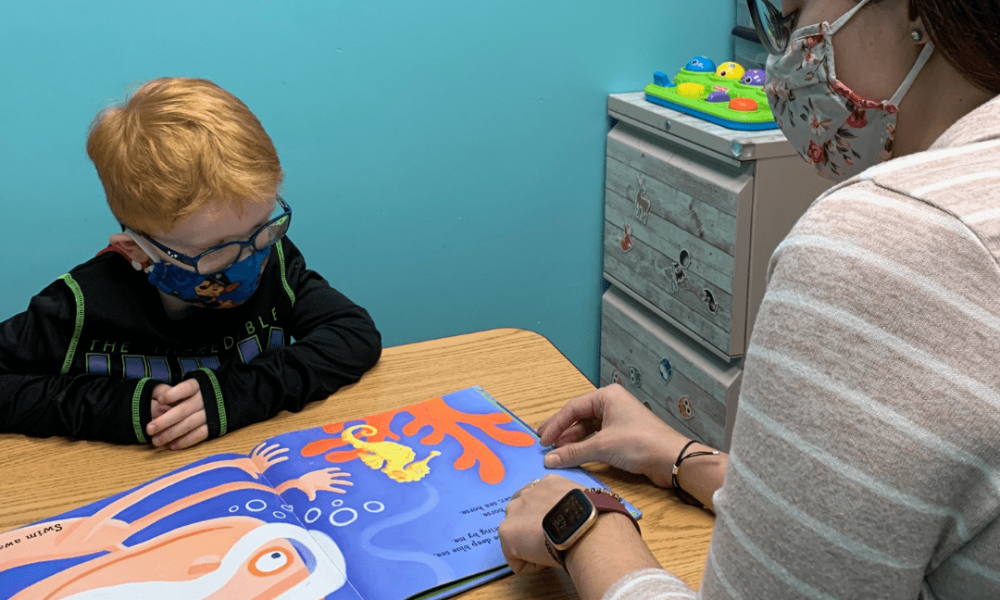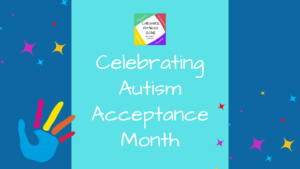The first few years of life are known to be a “critical period” of language learning and development. During this critical period there are many things you can do to help increase language exposure and opportunities for language learning in your child’s daily life. All of these things are easy additions to daily routines that don’t require any specialized materials or training. Most importantly, they are fun!
Young children learn best through play, and making speech and language part of play is the best way to ensure your child will become a learner and lover of language!
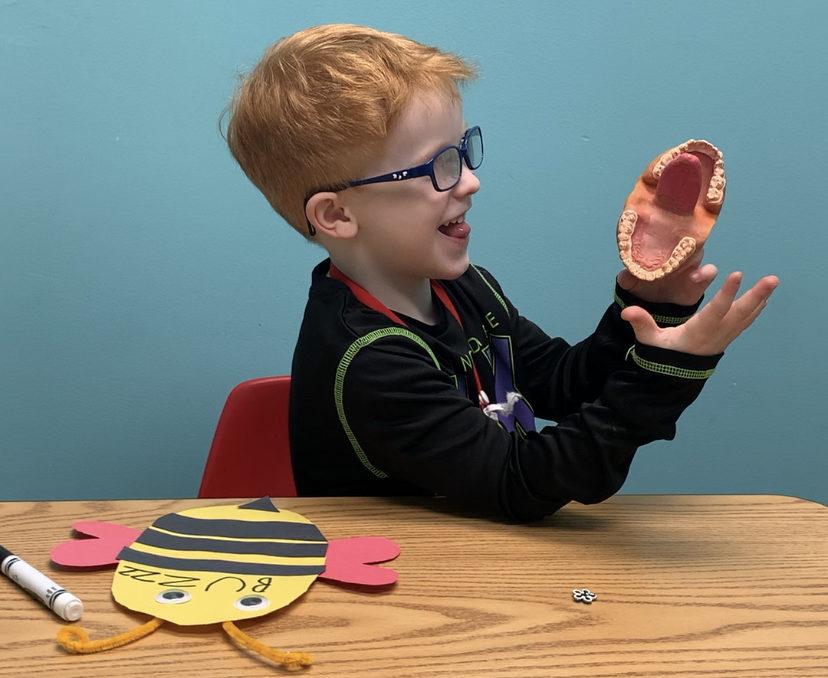
Here are a few things you can try to promote early speech and language for your child:
Narrate Your Day
Talking to your child about what is happening around them, what they are doing, and what you are doing during daily routines and play can be a great way to increase exposure to language in a natural way. You may feel a little silly, almost as if you are talking to yourself, but don’t forget that your child is a sponge- they are listening and absorbing everything! As you build with blocks you can model “up up up” as the tower gets taller, and exclaim “crash!” when it falls. When getting your child dressed you can talk about where each piece of clothing goes, such as, “Here are your shoes, one, two. They go on your feet!” Regardless of what your day brings there is always something to say!
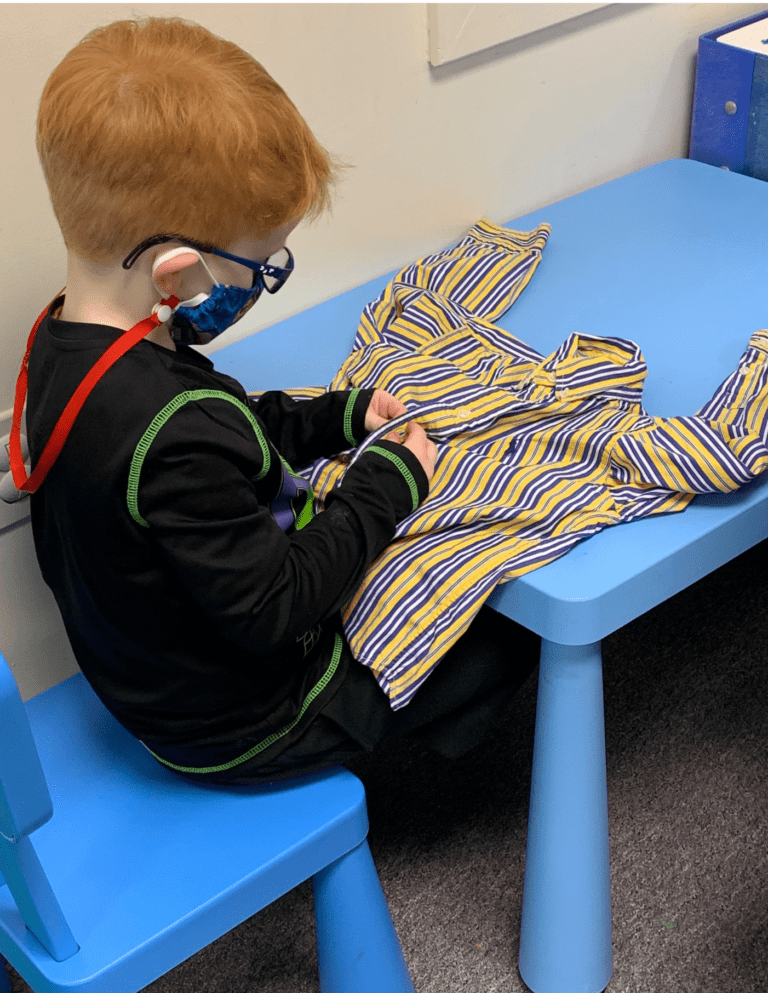
Sing Songs Together
Singing favorite songs or reciting nursery rhymes together can help your child learn the patterns and rhythm of speech. Familiar songs also provide predictable language routines that your child can rely on and easily remember, making it easier for them to join in. The next time you are singing with your child, pause every once in a while to give your child the opportunity to fill the missing word in on their own. You may be surprised at what you hear!
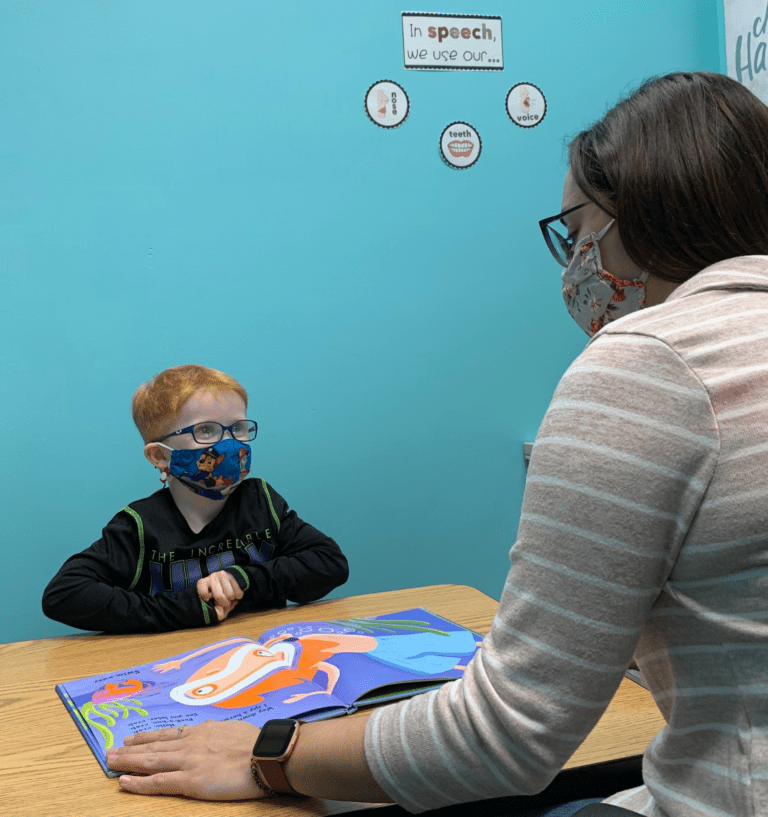
Build an Obstacle Course
Setting up a simple obstacle course outside or inside your home is a great way to introduce new language by giving directions related to position and location. Put a few pillows on the floor that your child can step over, position a chair in the path so that your child needs to walk around it, or lead them to a table that they need to crawl under. Maybe at the end of the course your child needs to climb up the steps of a slide before sliding down and throwing a ball into a bucket. The options are endless, so don’t be afraid to get creative!
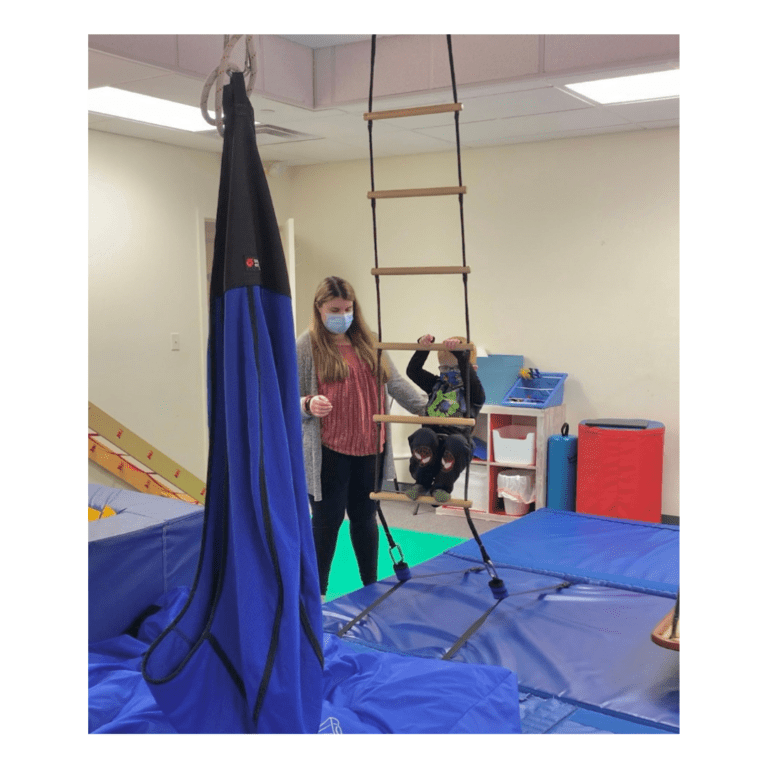
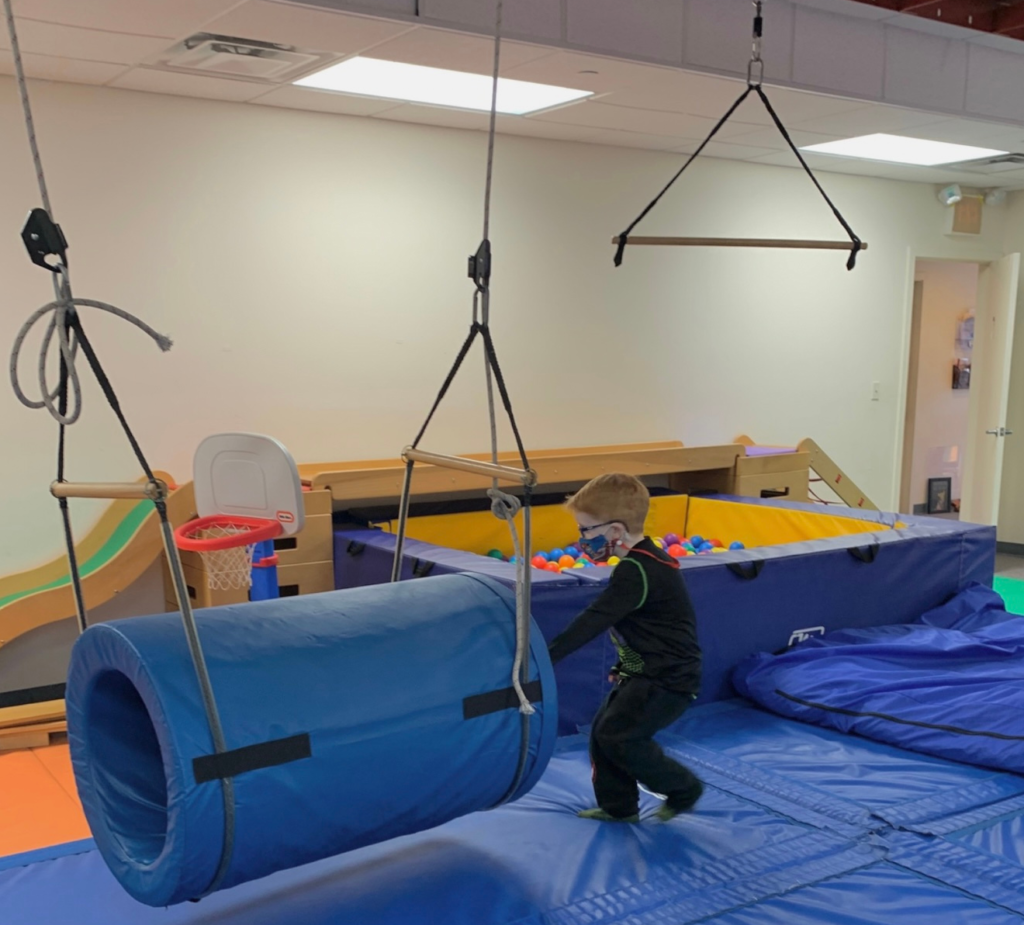
Try Some New Sensory Activities
Sensory activities such as water play, finger painting, or playing with sand or Play-Doh can create many opportunities to model new vocabulary that may otherwise not be a part of your child’s daily routine. When playing with water you can talk about splashing, pouring, mixing, dumping, and experiment with putting different items in the water to see and talk about what happens. When finger painting you can talk about how slimy and cold the paint feels, exclaiming “ew!” or making sounds like “zoom!” or “woosh!” as you move your fingers through the paint. Check in with any of our wonderful occupational therapists for more tips on how to incorporate new sensory activities into your daily playtime routines!
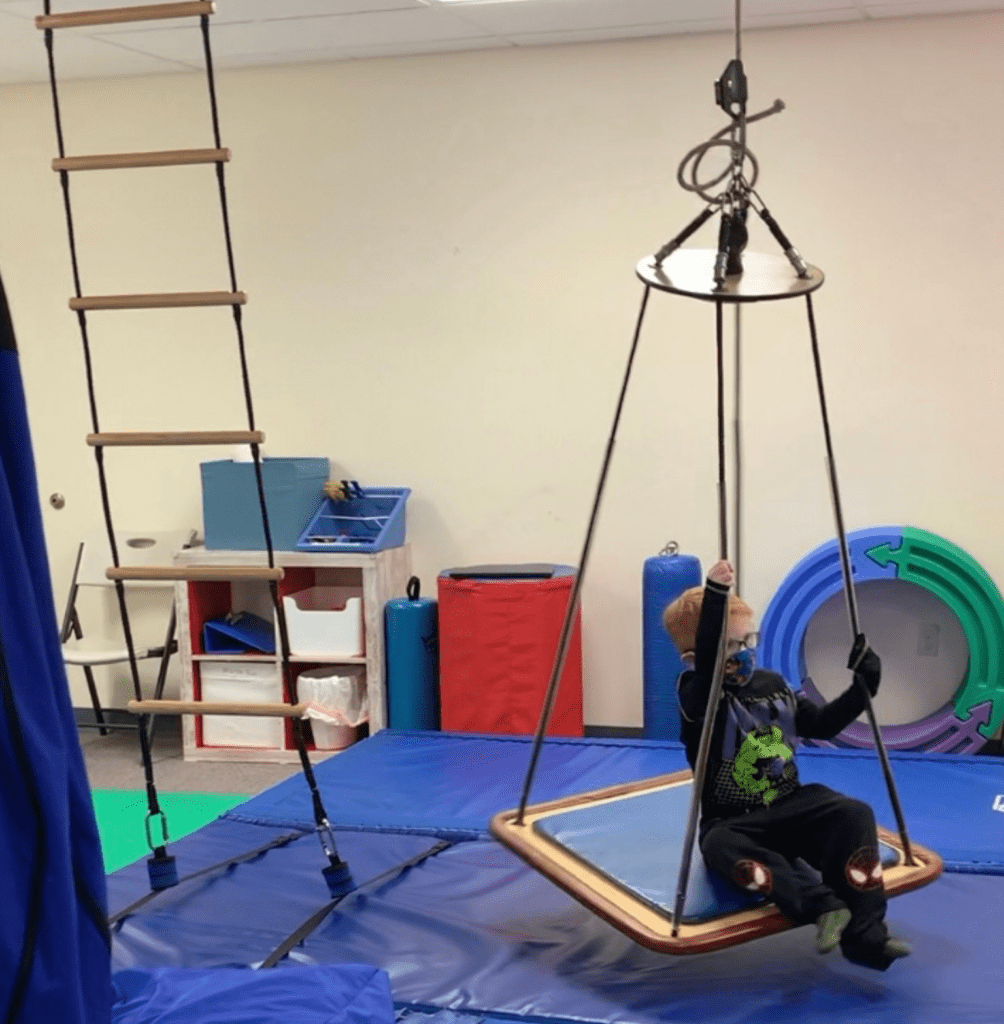
These are just a few of the easy ways you can build language into your child’s day to help promote their speech and language development. Reach out to any of our speech-language pathologists for more ideas on how to make speech and language learning feasible and fun for all children!
Interested in more? Check out our Resources section for developmental milestone and feeding resources you may find helpful.

Amy Roth
Amy attended Southern Connecticut State University for graduate school and The University of Connecticut for her undergraduate degree. She has been with Cheshire Fitness Zone since 2020 and has been a Speech-Language Pathologist since 2017. Amy specializes in early intervention and in her spare time, enjoys reading, baking, cooking, and gardening.
Amy is the author of this excerpt.

